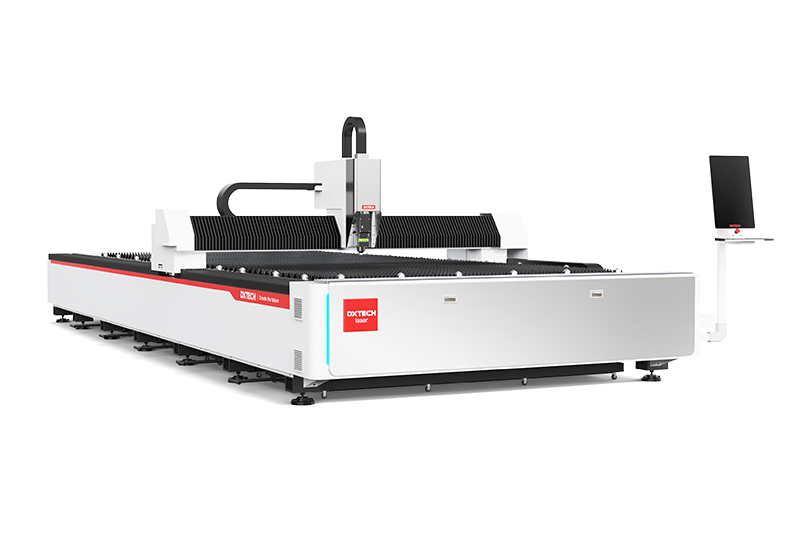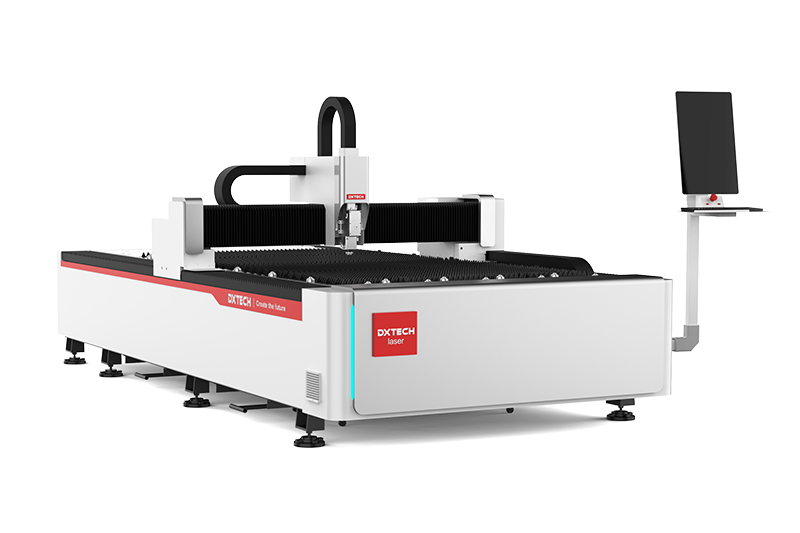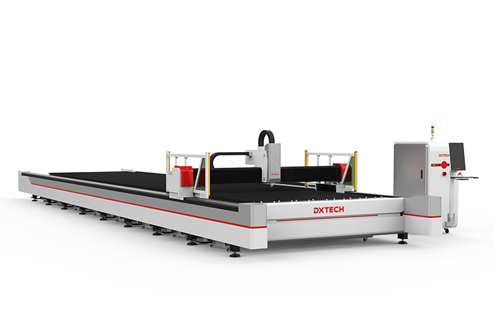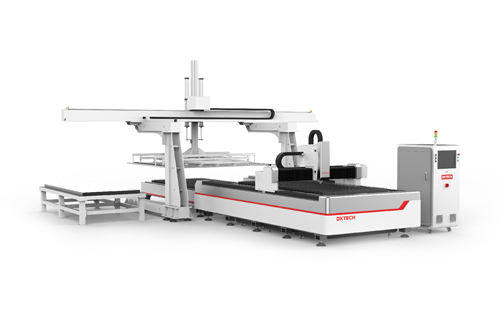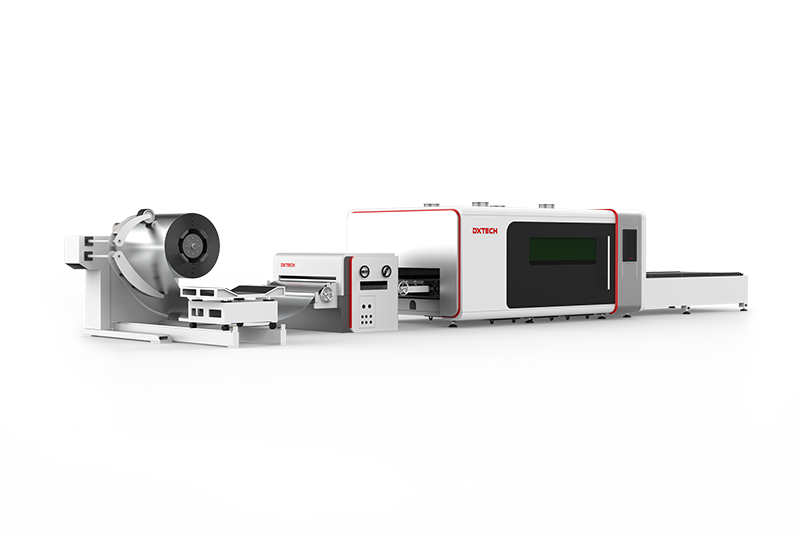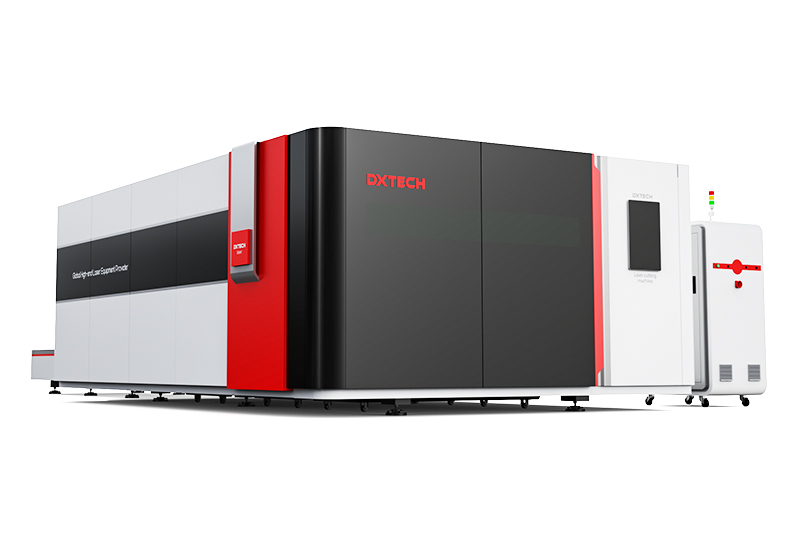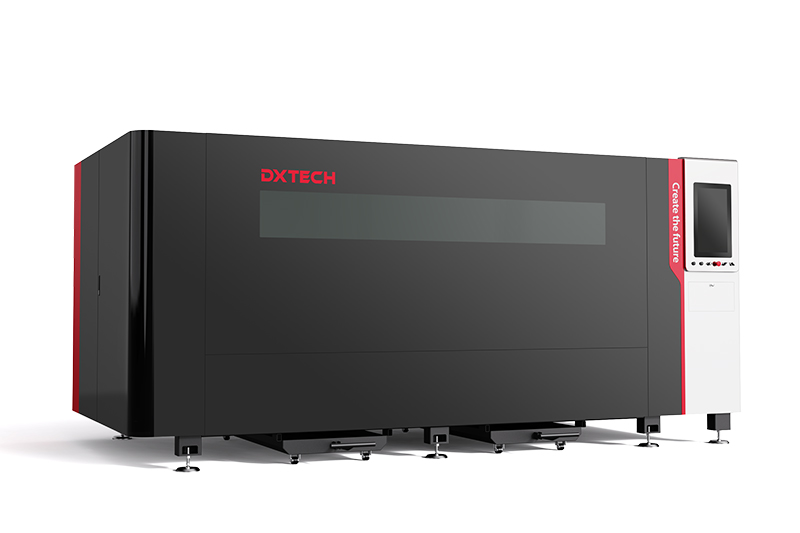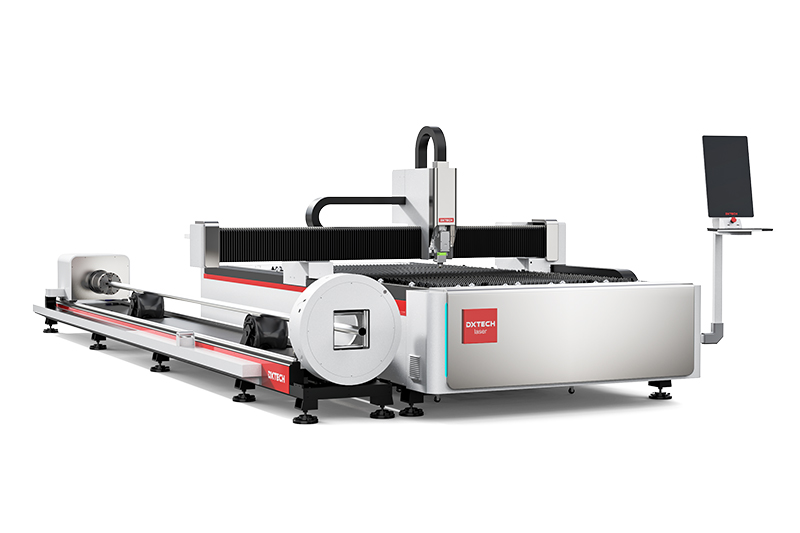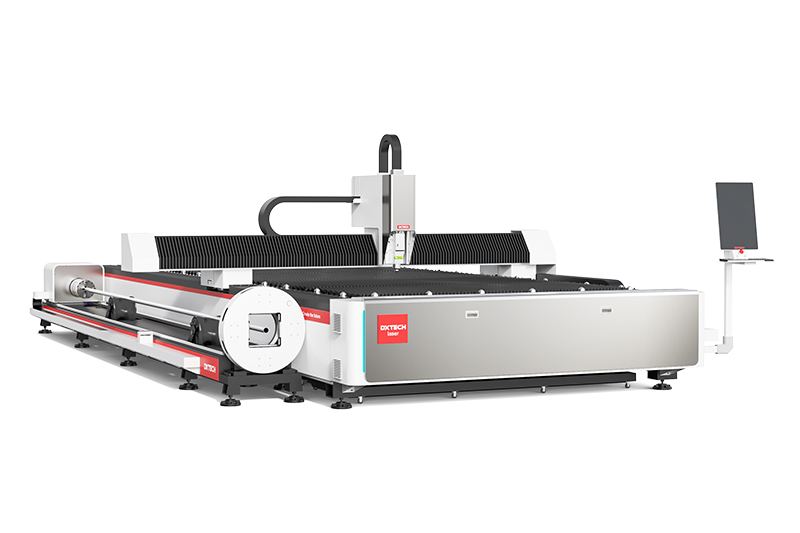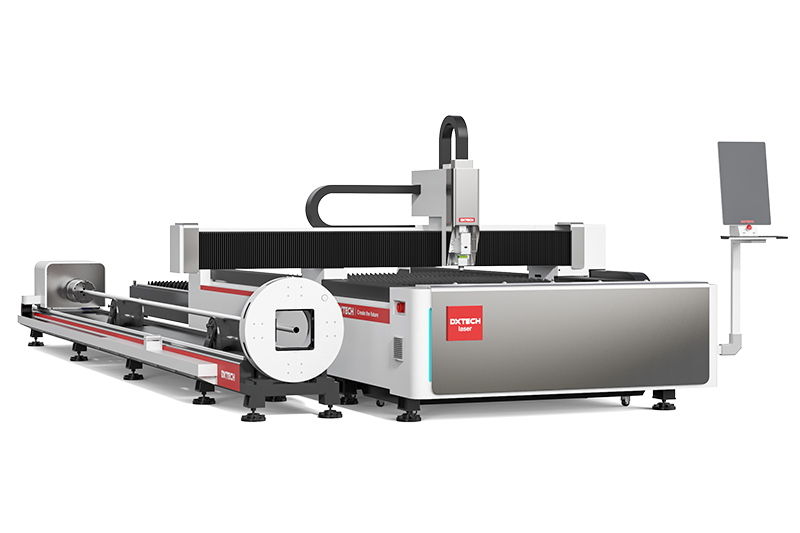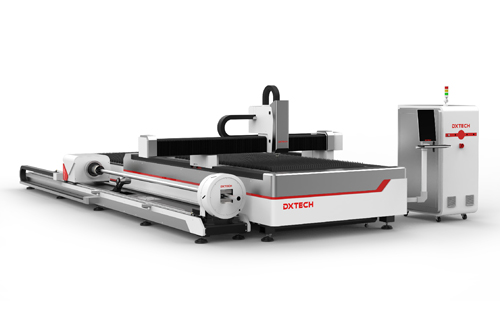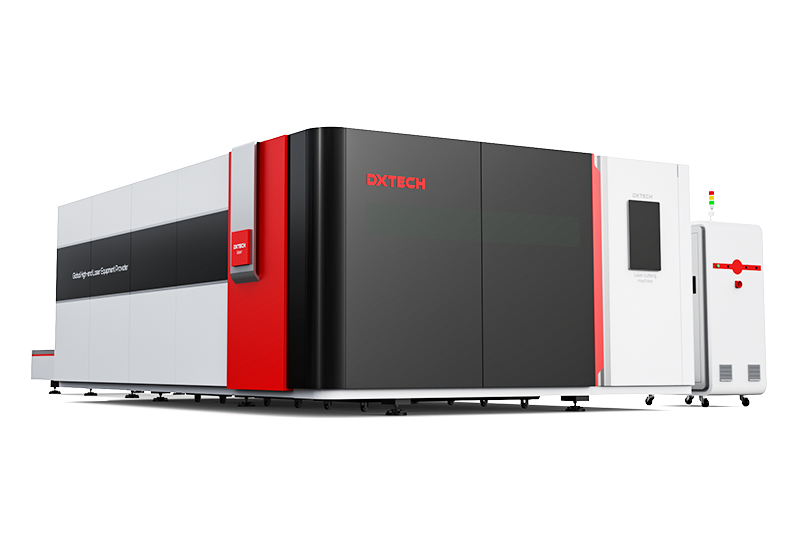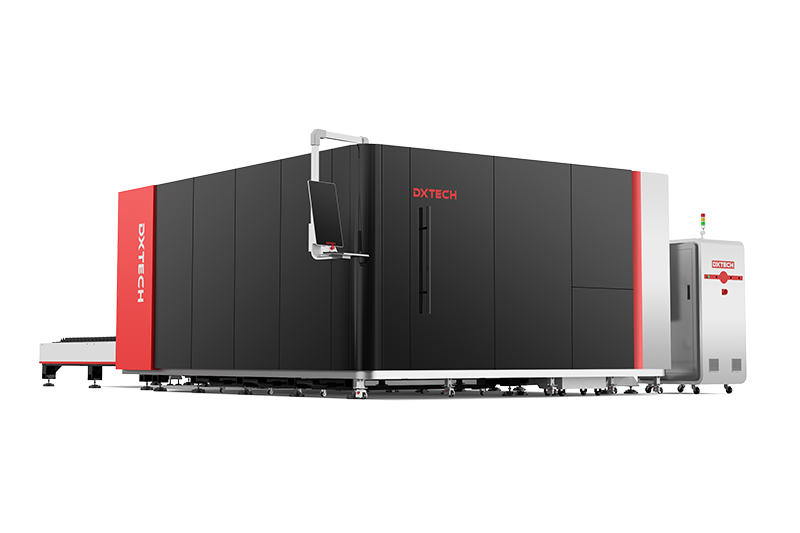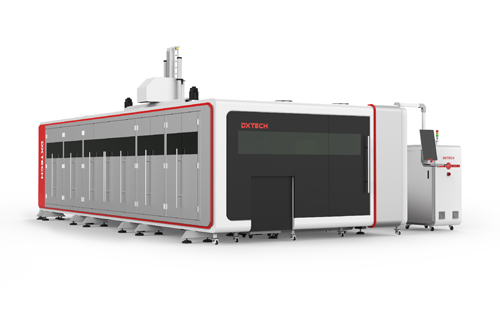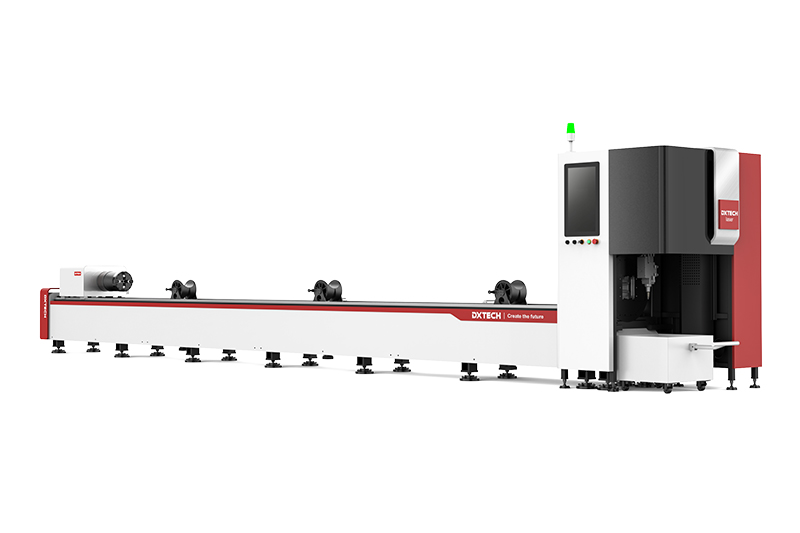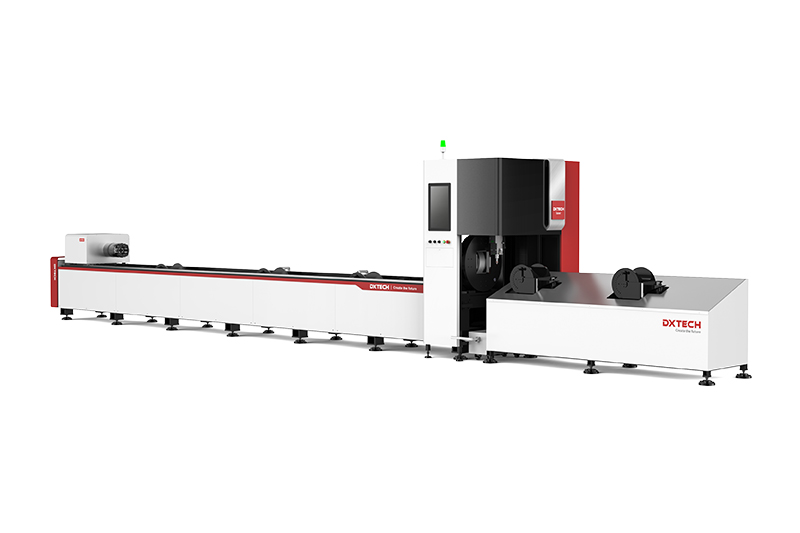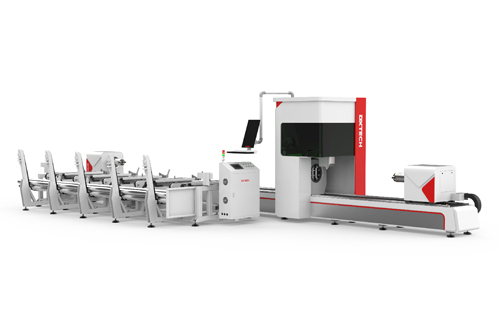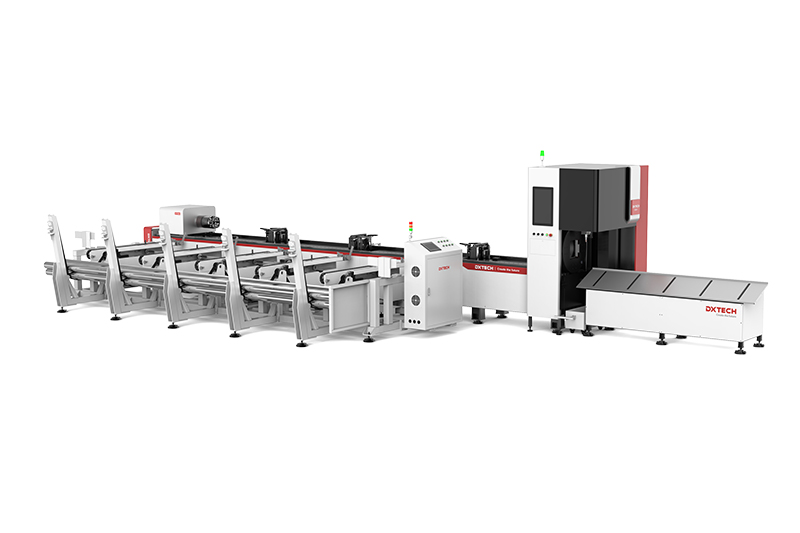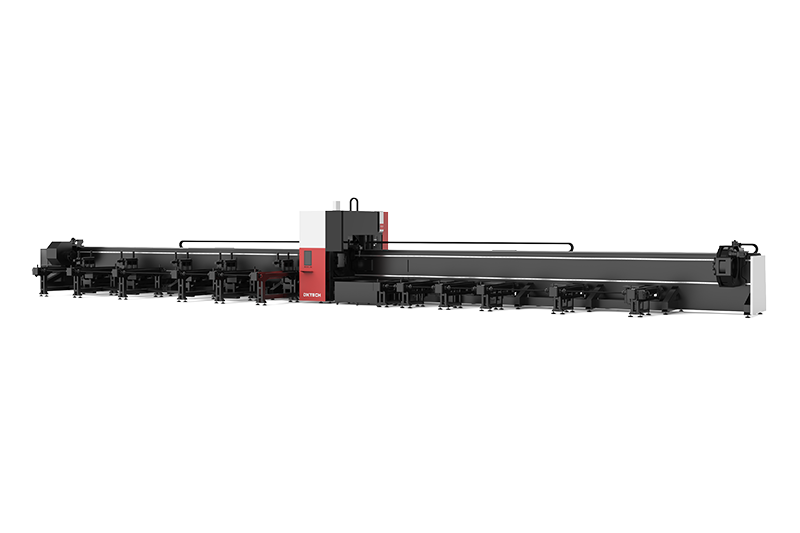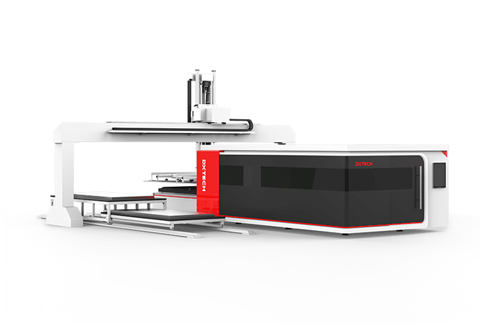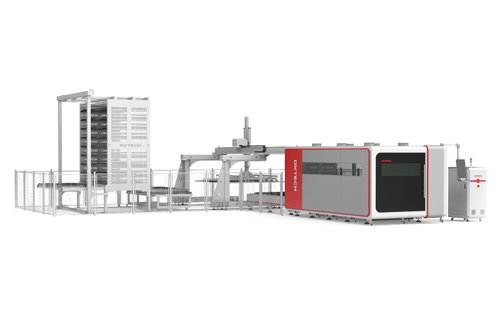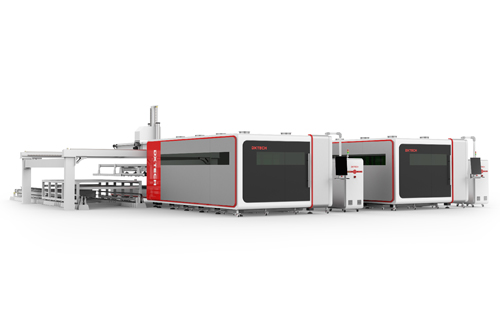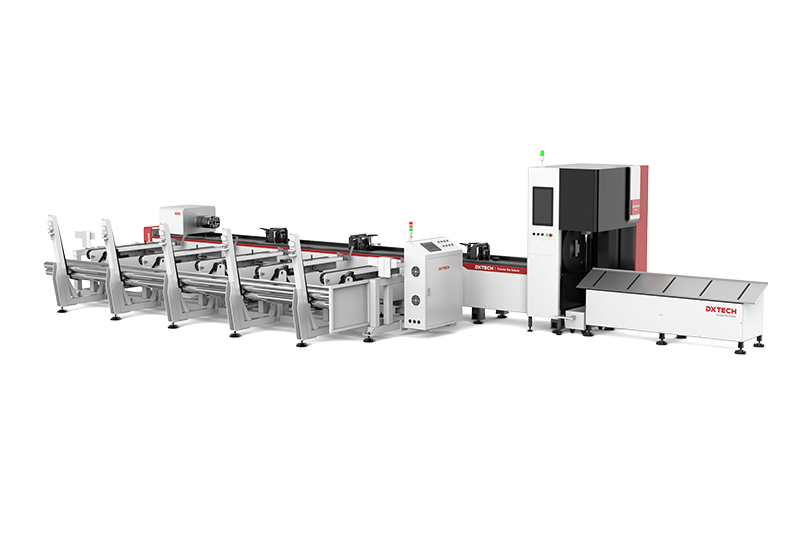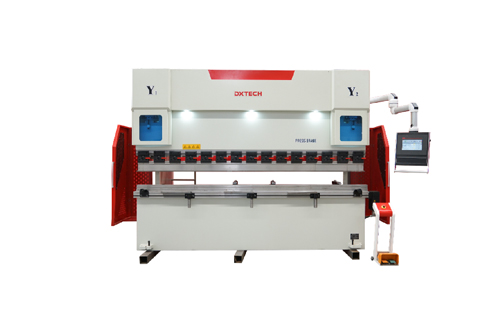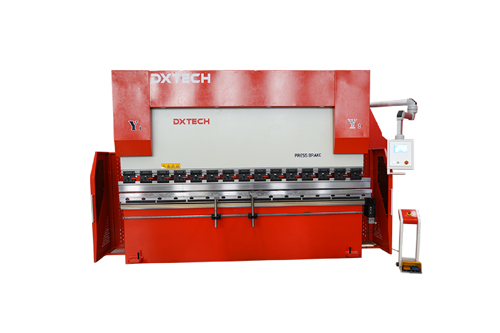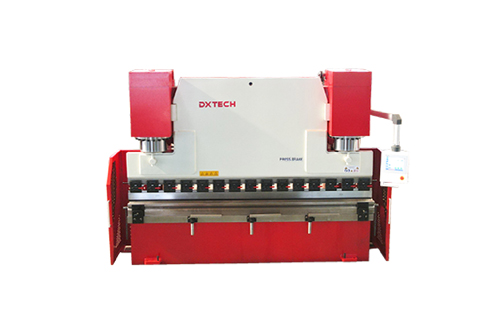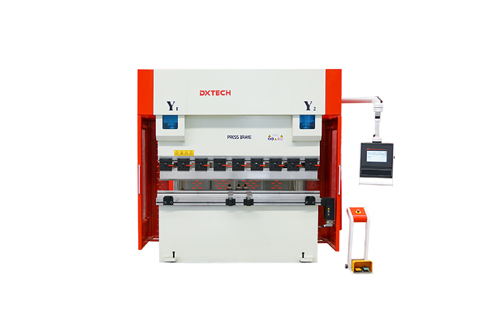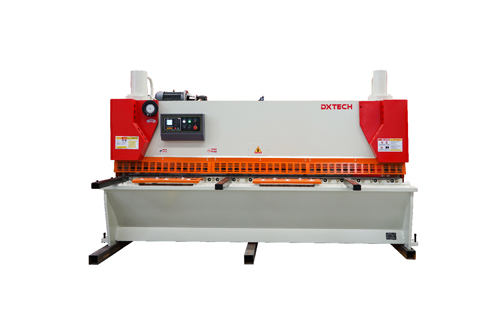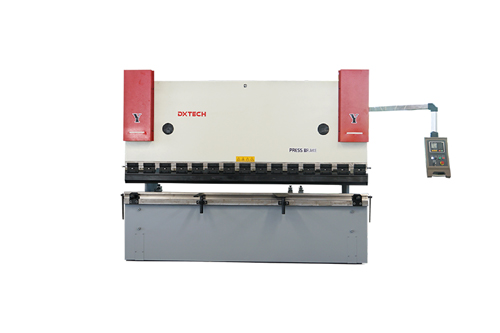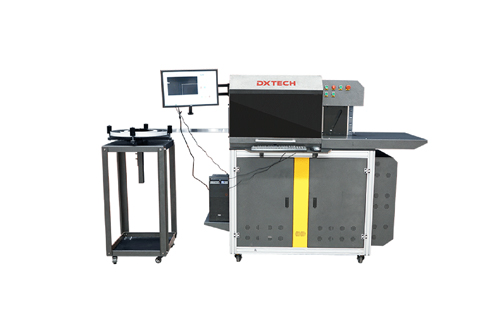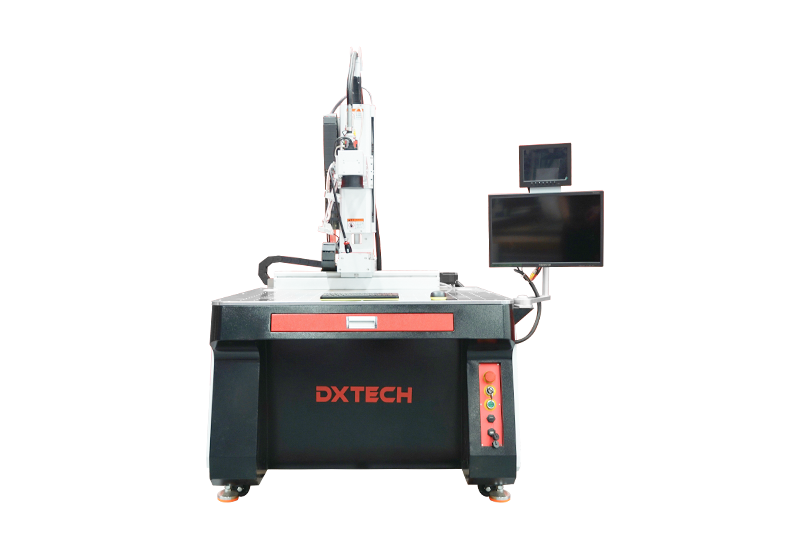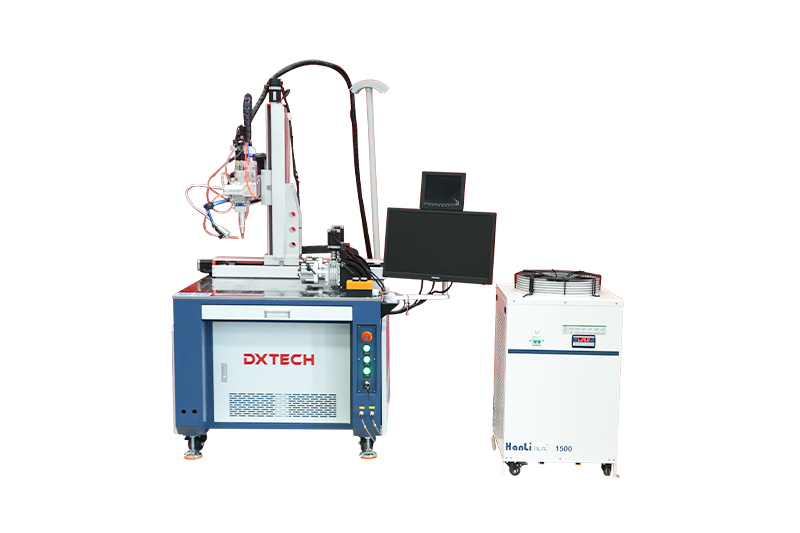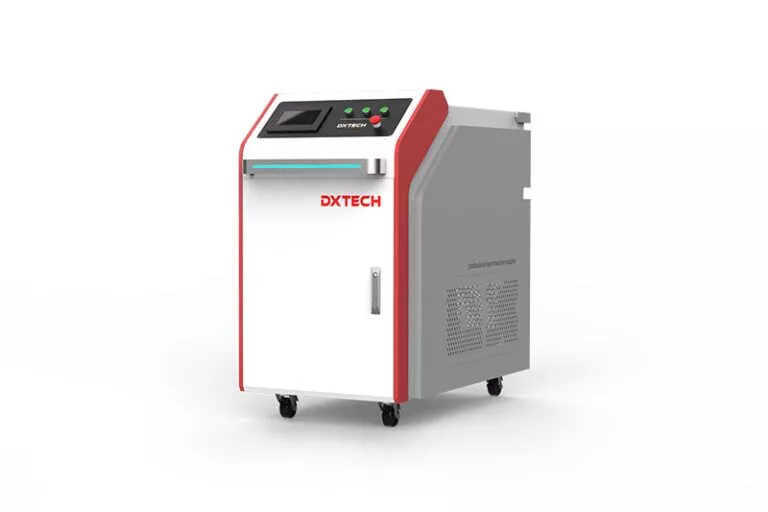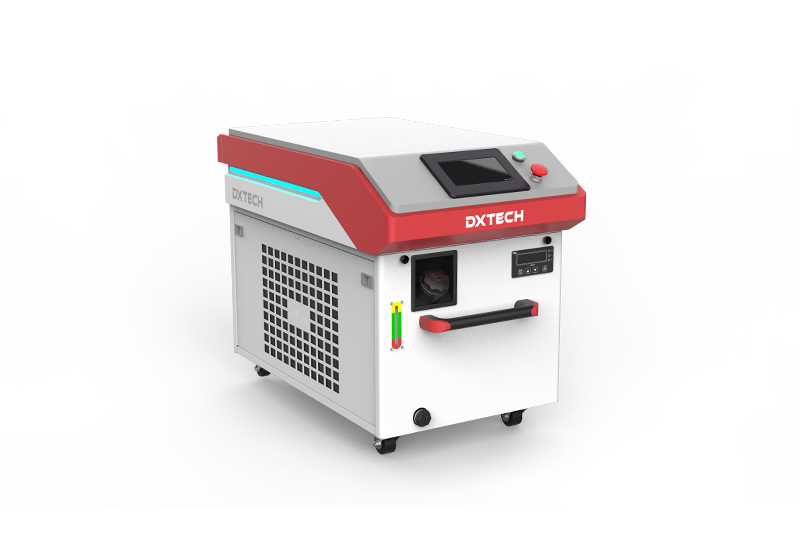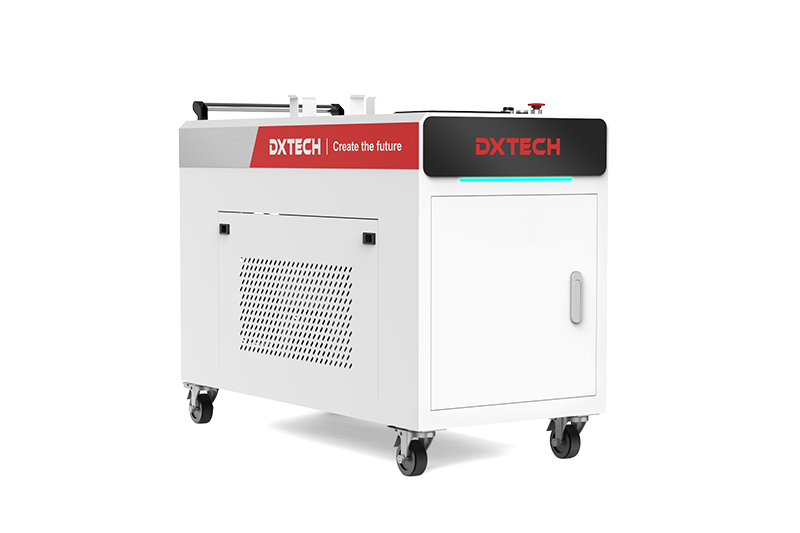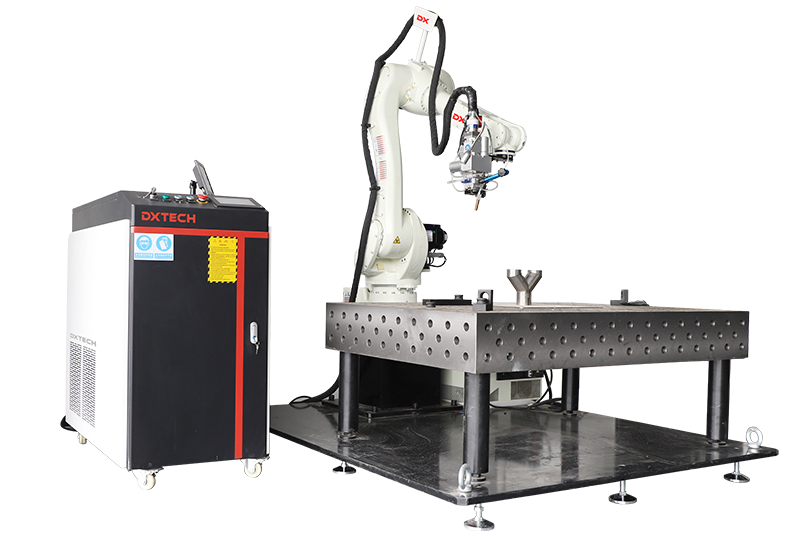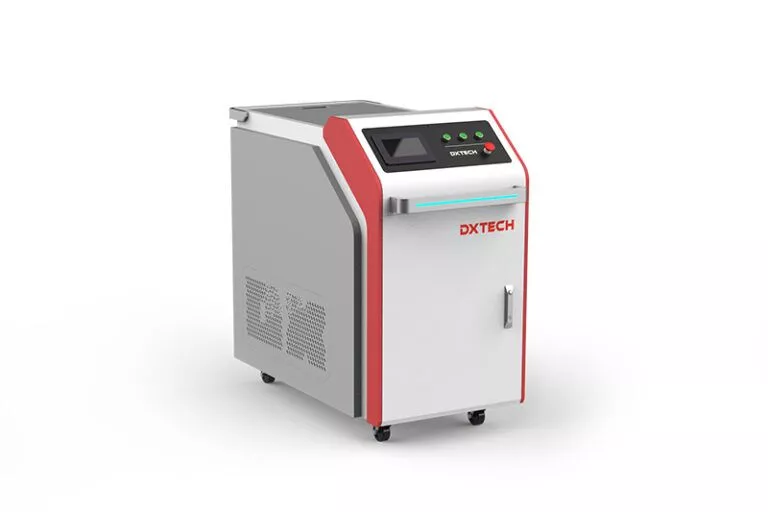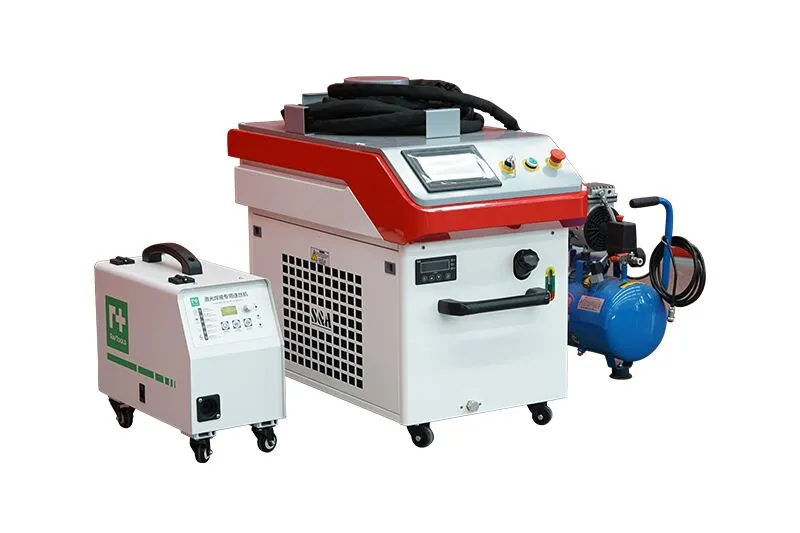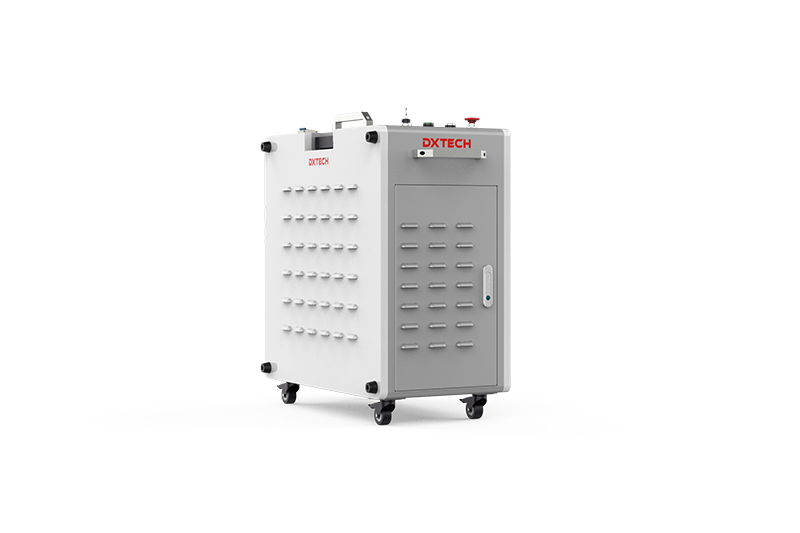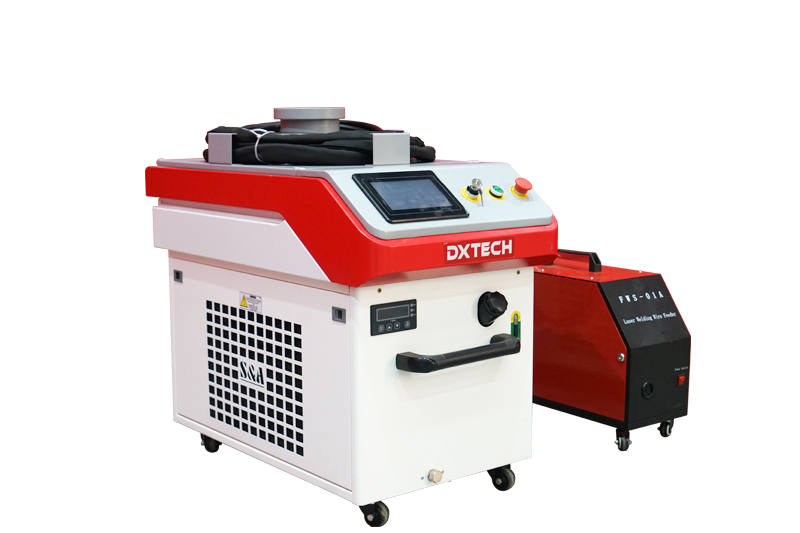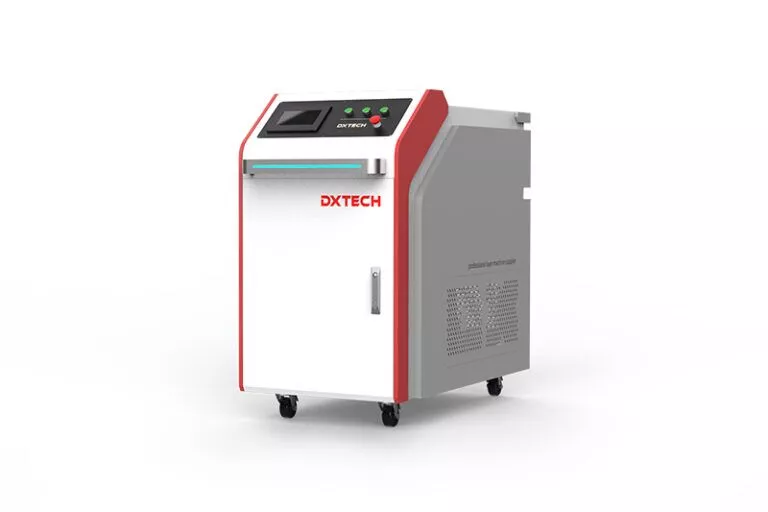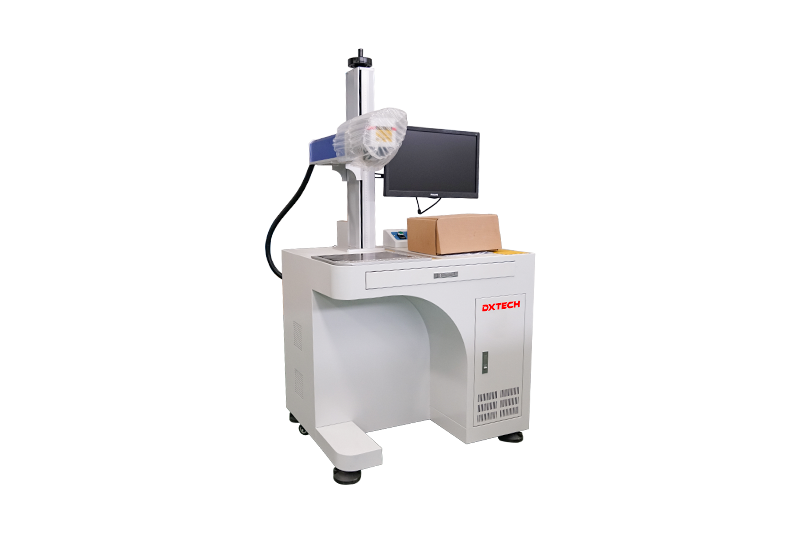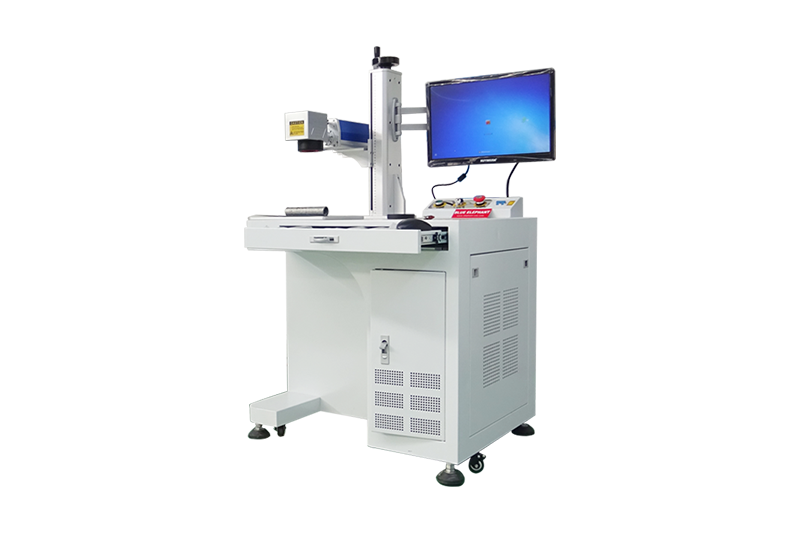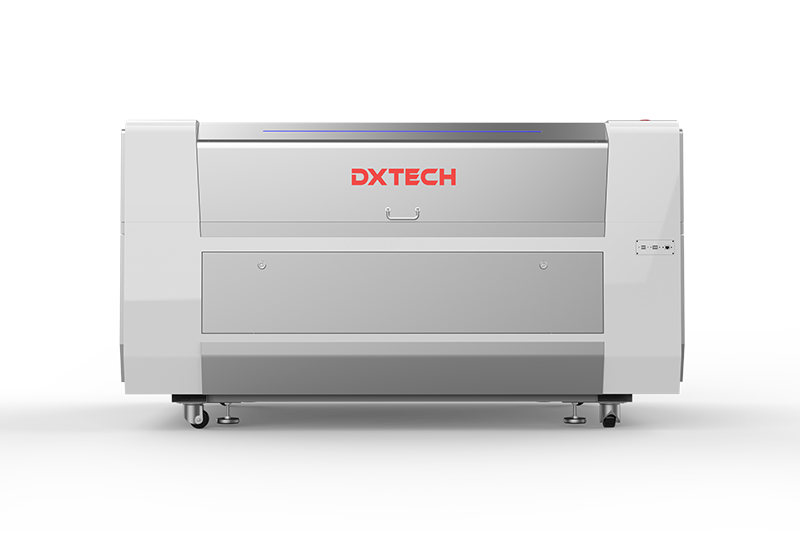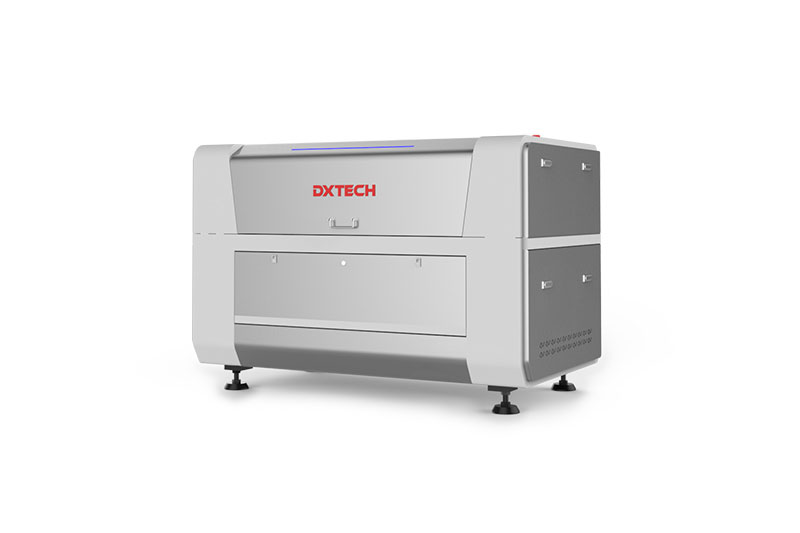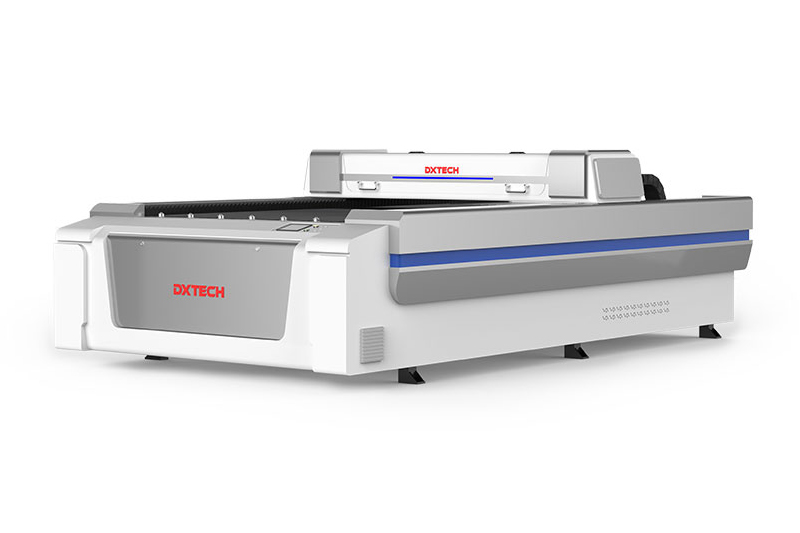In the field of laser welding, handheld fiber laser welding machines serve as crucial tools, with oscillation welding technology emerging as a key technique for achieving high-quality welds across various materials and application scenarios. Among these key technologies, single-oscillation welding and dual-oscillation welding stand out as the two primary welding methods, each possessing unique characteristics. This article will explore the differences between single-oscillation and dual-oscillation welding from four key perspectives—technical principles, application scenarios, influence of parameters, and procurement guidelines—to provide readers with a detailed understanding of their distinctions.
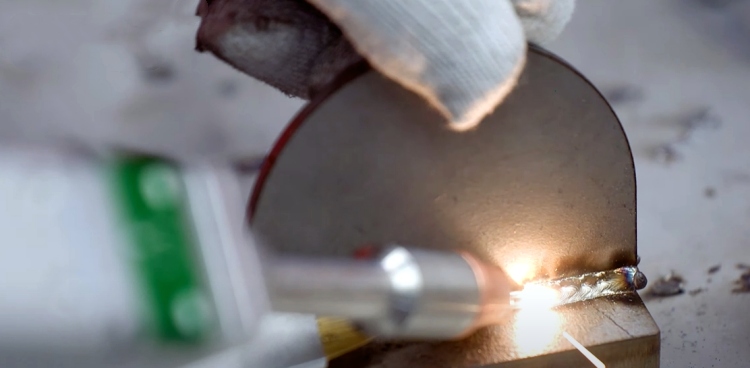
Ⅰ Differences in Technical Principles
Single-swing welding : Definition and Technical Details
1. Basic Definition
Single-swing welding is defined by the laser beam’s unidirectional reciprocating motion during the welding process—specifically, it swings back and forth along a single axis, either horizontally or vertically. This controlled movement traces a predictable weld path, which typically takes the form of a straight line or a gentle arc.
This simplicity in motion makes single-swing welding particularly well-suited for straightforward joint configurations, such as butt joints, lap joints, or simple corner joints, where the goal is to achieve consistent fusion along a linear or slightly curved seam without the need for complex trajectory adjustments.
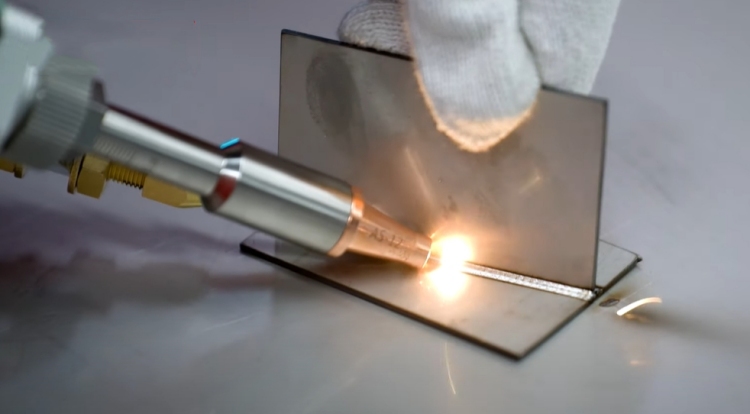
2. Core Mechanism Design
The single-swing system in handheld fiber laser welding machines features a streamlined mechanical structure, centered around a single drive component—most commonly a high-precision servo motor. This motor directly controls the oscillation of the laser beam along the chosen axis (horizontal or vertical), eliminating the need for multi-axis coordination mechanisms.
Key advantages of this design include:
- Enhanced robustness: With fewer moving parts, the system is less prone to mechanical wear or failure, even under prolonged use.
- Simplified maintenance: The single-drive setup reduces complexity, making routine inspections, part replacements, or calibration quicker and more cost-effective.
- Stable performance: The direct motor control ensures consistent swing amplitude and frequency, minimizing variations in weld quality.
3. Energy Distribution Characteristics
In single-swing welding, thermal energy from the laser beam is intentionally concentrated along the axis of oscillation. This focused energy input results in a distinct weld cross-section with a symmetric single-peak profile—meaning the highest heat intensity (and thus the deepest fusion) occurs along the centerline of the swing path, tapering gradually toward the edges of the weld bead.
This energy distribution pattern offers two key benefits:
- Efficient heat utilization: Energy is directed precisely where fusion is needed, reducing wasteful heat spread to surrounding areas.
- Controlled penetration: The single-peak profile allows operators to fine-tune weld depth by adjusting swing amplitude or laser power, making it ideal for applications where uniform penetration along a linear seam is critical (e.g., thin-gauge metal joining).
Double-Swing Welding: Definition and Technical Details
1. Fundamental Definition
Double-swing welding is a specialized welding technique where the laser beam oscillates concurrently in two mutually perpendicular directions—most commonly horizontal and vertical—during the welding process. Unlike single-swing welding, this dual-directional motion creates highly complex weld paths, including circular, elliptical, or figure-eight patterns. These intricate trajectories make double-swing welding exceptionally well-suited for adapting to irregular or asymmetrical joint geometries, such as curved seams, overlapping edges, or uneven surfaces, where precise heat distribution and joint penetration are critical.
2. Core Mechanism Design
The double-swing system in handheld fiber laser welding machines is engineered with dual independent drive components, typically high-precision servo motors or stepper motors, each controlling oscillation in one of the two perpendicular axes. This dual-drive configuration allows for separate adjustment of key parameters—including oscillation frequency (speed of movement) and amplitude (range of swing)—in both the horizontal and vertical directions.
This level of sophistication enables operators to fine-tune the weld profile with unparalleled precision: for example, adjusting horizontal amplitude to widen the weld bead or modifying vertical frequency to enhance penetration depth. The modular design of the mechanism also ensures stability during high-speed oscillation, even when handling varying material thicknesses or joint gaps.
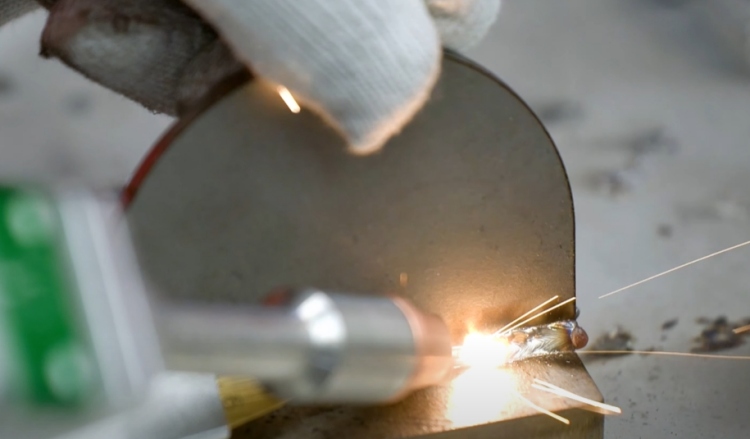
3. Energy Distribution Characteristics
A defining feature of double-swing welding is its ability to achieve more uniform thermal energy distribution across the entire weld zone. This even heat spread results in distinct cross-sectional profiles, which typically fall into two categories:
Flat cross-sections: Common in applications requiring minimal heat input, where the dual oscillation spreads energy evenly to avoid localized overheating.
Double-peaked cross-sections: Occur when oscillation parameters are tuned to concentrate slightly more energy at the edges of the weld path, enhancing fusion at joint interfaces.
By minimizing temperature gradients, this uniform energy distribution significantly reduces thermal stress in the workpiece, lowering the risk of post-weld distortion, cracking, or material warping—especially critical for heat-sensitive metals like aluminum or thin-gauge alloys.
4. Technical Parameter Comparison
| Parameter | Single-Swing Welding | Double-Swing Welding |
| Oscillation Frequency | 50–200 Hz | 100–500 Hz |
| Oscillation Amplitude | 0.1–2 mm | 0.1–3 mm |
| Response Speed | Moderate (10–20 ms) | High (5–10 ms) |
The higher frequency and amplitude range of dual-oscillation welding allows for more precise control of heat input. In contrast, the lower frequency of single-oscillation welding reduces mechanical stress on portable fiber laser welding machines, thereby extending their service life.
Ⅱ Application Scenarios and Performance Differences
Single-Swing Welding: Application Scenarios and Performance
Single-oscillation welding performs excellently in scenarios involving medium-thick materials (3–10 mm), such as carbon steel and stainless steel used in structural engineering and heavy machinery. Its high welding speed—up to 3 m/min for handheld fiber laser welding machines—makes it an ideal choice for high-volume production lines where efficiency is critical.
Key practical applications include:
- Fabrication of steel frames for industrial shelving and storage racks, where linear welds on 5–8 mm carbon steel beams ensure structural stability.
- Manufacturing of heavy machinery components, such as hydraulic cylinder barrels (6–10 mm stainless steel), requiring consistent linear seams.
- Assembly of metal brackets for construction equipment (e.g., excavator arm attachments), where 4–7 mm thick carbon steel joints demand rapid, uniform welding.
- Production of stainless steel water pipes (3–5 mm) for industrial plumbing systems, where straight welds prevent leakage and ensure corrosion resistance.
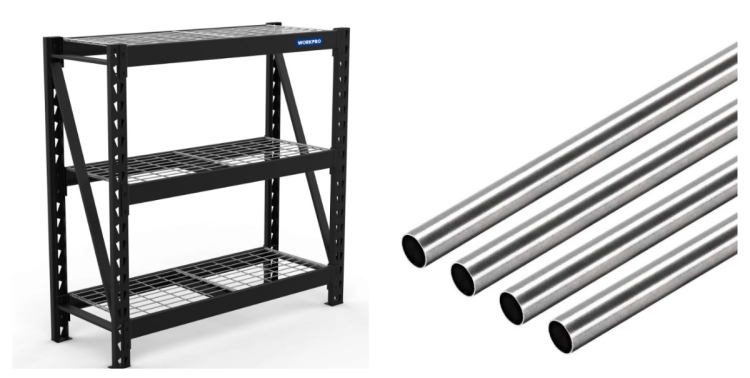
Advantages:
- Lower equipment costs compared to dual-oscillation systems.
- User-friendly operation reduces operator training time.
- Faster welding speeds are suitable for large-scale manufacturing.
Limitations:
- Poor adaptability to weld gaps exceeding 0.5 mm
- Challenges arise when handling complex joint designs or dissimilar material joints.
Double-Swing Welding: Application Scenarios and Performance
Double-swing welding is tailored for thin materials (0.5–3 mm), including aluminum alloys and titanium alloys used in aerospace and precision engineering. The handheld fiber laser welding machine, when equipped with double-swing capabilities, delivers exceptional results for components requiring aesthetically pleasing, high-strength welds.
Key practical applications include:
- Welding of aluminum alloy frames for drone fuselages (1–2 mm thickness), where uniform, low-distortion welds ensure structural integrity and aerodynamic performance.
- Fabrication of titanium alloy medical instruments (0.8–1.5 mm), such as surgical forceps, where precise, defect-free welds are critical for biocompatibility and sterilization resistance.
- Assembly of stainless steel components in electronic enclosures (0.5–2 mm), where aesthetically consistent welds prevent corrosion and ensure electromagnetic shielding.
- Manufacturing of thin-walled copper alloy heat exchangers (1–3 mm) for automotive cooling systems, where gap-bridging ability and reduced porosity enhance heat transfer efficiency.
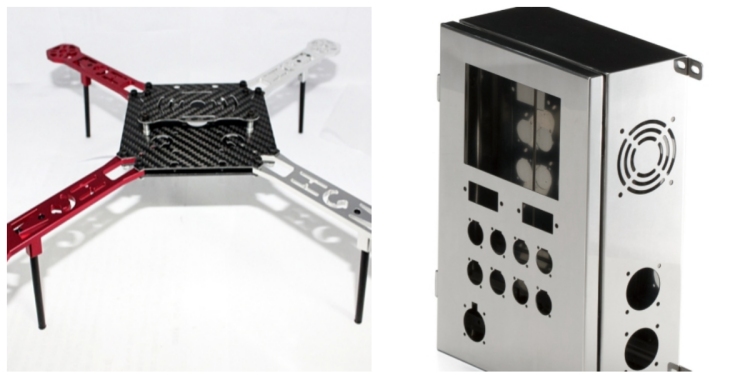
Advantages:
- Superior gap-bridging ability, accommodating gaps up to 1 mm
- Reduced defect rates—porosity and cracks are minimized by 30–40% compared to single-swing methods.
- Enhanced weld uniformity, critical for load-bearing components.
Limitations:
- Higher initial investment due to complex drive systems.
- Slower welding speeds (typically 1–2 m/min) due to intricate motion patterns.
- Steeper learning curves for operators to master parameter tuning.
Performance Comparison:
In head-to-head testing using a handheld fiber laser welding machine on 2 mm 304 stainless steel:
- Weld Strength: Double-swing welds exhibited a tensile strength of 580 MPa, 12% higher than single-swing welds (518 MPa) (source: Materials Science & Engineering A, 2021).
- Forming Precision: Double-swing welding achieved a dimensional accuracy of ±0.05 mm, vs. ±0.1 mm for single-swing.
- Defect Rate: Double-swing methods recorded a 2.1% defect rate, compared to 5.3% for single-swing (data from a 2023 automotive manufacturing study).
- Production Efficiency: Single-swing welding completed 150 joints per hour, while double-swing completed 90, highlighting the trade-off between speed and quality.
In head-to-head testing on 2 mm 304 stainless steel, double-swing welding outperforms single-swing in quality metrics: it delivers 12% higher tensile strength (580 MPa vs. 518 MPa), twice the dimensional accuracy (±0.05 mm vs. ±0.1 mm), and a significantly lower defect rate (2.1% vs. 5.3%). However, single-swing welding maintains a clear edge in production efficiency, completing 150 joints per hour compared to 90 for double-swing, underscoring a key trade-off between speed and precision.
Ⅲ Impact of Parameters on Swing Welding Results
Single-Swing Welding: Parameter-Effect Relationships
Core Parameters:
- Oscillation Frequency: 80–150 Hz (optimal range for 1–5 mm materials)
- Oscillation Amplitude: 0.5–1.5 mm
- Welding Speed: 1.5–3 m/min (adjusted for material thickness)
Parameter Effects:
- Excessive frequency (>150 Hz) causes uneven heat input, leading to inconsistent (penetration).
- Overly large amplitudes (>1.5 mm) widen the weld bead beyond optimal dimensions, increasing post-weld processing time.
- Balanced parameters—e.g., 100 Hz frequency, 1 mm amplitude, and 2 m/min speed—produce flat, uniform welds with minimal spatter, as validated in trials with the handheld fiber laser welding machine.
Double-Swing Welding: Parameter-Effect Relationships
Core Parameters:
- Horizontal Frequency: 100–200 Hz; Amplitude: 0.3–1 mm
- Vertical Frequency: 150–300 Hz; Amplitude: 0.2–0.8 mm
- Synergistic Control: Vertical amplitude typically set to 60–70% of horizontal amplitude for optimal (molten pool) stirring.
Parameter Effects:
- Increasing vertical amplitude enhances root fusion, reducing incomplete penetration in lap joints by up to 50% (source: Journal of Laser Applications, 2022).
- Higher horizontal frequencies refine grain structure in aluminum alloys, improving weld ductility.
- Misaligned parameters—e.g., excessive vertical amplitude—can cause undercutting, emphasizing the need for precise tuning in the handheld fiber laser welding machine.
Ⅳ How to Choose the Right Welding Machine
The choice between a single-arm or dual-arm handheld fiber laser welding machine depends on three key factors, each closely related to specific operational requirements and project specifications:
1. Material type and thickness
The properties of the material and its thickness directly influence which arm mechanism is optimal:
Dual-arm models are better suited for thin materials (<3 mm) — such as aluminum alloys, thin stainless steel sheets, or dissimilar metal combinations (e.g., copper-steel joints). Its ability to evenly distribute heat and adapt to small gaps makes it an ideal choice for preventing deformation of delicate workpieces or insufficient weld strength.
Single-arm machines excel at handling thicker materials (>3 mm) — including carbon steel plates, heavy-duty stainless steel components, or simple joint configurations (butt joints, lap joints).
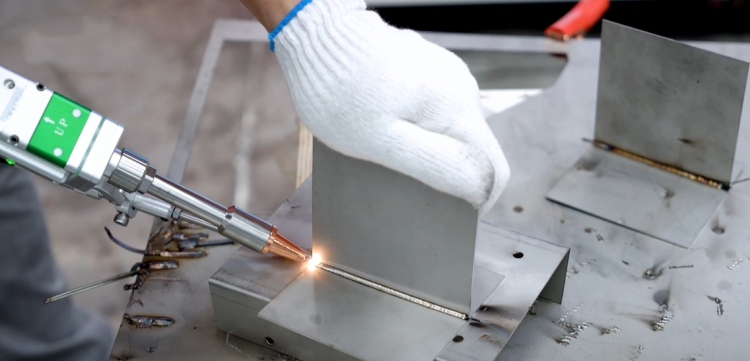
2. Production Requirements
Project scale, complexity, and precision requirements further guide selection:
Single-swing systems excel in high-volume, low-complexity production—such as large-scale standardized parts (e.g., industrial shelf brackets, pipe flanges). Their faster welding speed (up to 3 meters per minute) and simplified operational processes maximize production efficiency, making them a reliable tool for repetitive, simple tasks.
Dual-swing systems are designed for low-volume, high-precision applications—such as aerospace components, medical device parts, or custom metal fabrication. Their exceptional dimensional accuracy (±0.05 millimeters) and lower defect rate (2.1% vs. 5.3% for single-swing systems) make them the preferred choice for projects where quality and precision are non-negotiable.
3. Budget constraints
Cost considerations are critical, especially for small and medium-sized enterprises (SMEs):
Single-swing machines are typically 30–40% cheaper than dual-swing machines. This price advantage, combined with lower maintenance costs (due to simpler mechanical structures), makes them a practical choice prioritizing cost-effectiveness.
Dual-oscillation systems require a higher price, but for operations where precision, material compatibility, and defect reduction directly impact final product quality (e.g., automotive safety components, aerospace parts), dual-oscillation laser welding machines are essential.
By combining these factors with project-specific requirements (material thickness, production goals, and budget), users can select a handheld fiber laser welding machine that effectively balances performance, efficiency, and cost.
Ⅴ Conclusion
Single-oscillation and dual-oscillation welding technologies in handheld fiber laser welding machines cater to diverse industrial needs through differences in technical design, application scope, and performance. Single-oscillation welding excels in terms of speed and cost-effectiveness, making it suitable for simple tasks; dual-oscillation welding, on the other hand, offers superior precision and flexibility, capable of meeting complex high-quality requirements. By understanding these differences, manufacturers can utilize handheld fiber laser welding machines to optimize welding quality, reduce defects, and enhance production efficiency, thereby generating greater benefits for businesses.
